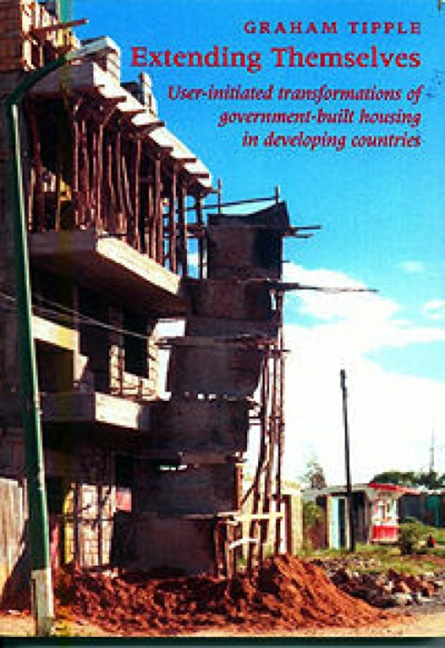 Extending Themselves
Extending Themselves Book contents
- Frontmatter
- Contents
- Acknowledgements
- 1 Introduction
- 2 The housing squeeze
- 3 More than just a dwelling
- 4 The financial element: transformation as an investment
- 5 Sustainability issues
- 6 The transformation process
- 7 The case for transformations
- 8 Policies for enabling transformations
- Appendix 1 Transformations in Bangladesh
- Appendix 2 Transformations in Egypt
- Appendix 3 Transformations in Ghana
- Appendix 4 Transformations in Zimbabwe
- Appendix 5 An assessment of the decision to transform
- References
- Index
3 - More than just a dwelling
- Frontmatter
- Contents
- Acknowledgements
- 1 Introduction
- 2 The housing squeeze
- 3 More than just a dwelling
- 4 The financial element: transformation as an investment
- 5 Sustainability issues
- 6 The transformation process
- 7 The case for transformations
- 8 Policies for enabling transformations
- Appendix 1 Transformations in Bangladesh
- Appendix 2 Transformations in Egypt
- Appendix 3 Transformations in Ghana
- Appendix 4 Transformations in Zimbabwe
- Appendix 5 An assessment of the decision to transform
- References
- Index
Summary
Every house is a work in progress. It begins in the imagination of the people who built it and is gradually transformed, for better or worse, by the people who occupy it down through the years, decades, centuries. To tinker with a house is to commune with the people who lived in it before and to leave a message for those who will live in it later. Every house is a living museum of habitation and a monument to all the lives and aspirations that have flickered within it. (Owens, 1991)
Introduction
A house is more than just a dwelling. It is a source of identity and status and a demonstrator of both to the outside world. It may become identified with, and a place of assembly for, a wider family or lineage than occupies it from day to day (a family house). It may also be a location for the business which provides the basic necessities of life or for one that augments a main income. In this chapter, we can see how transformations assist in turning a simple dwelling into a structure which can fulfil some or all of these functions.
Transformation as occupant participation
In government-built housing areas, transformations could be expected as a manifestation of the alienation which occupants are bound to feel, according to Habraken (1975), in ‘mass housing’. He argues that mass housing cannot satisfy the needs of the occupants because, by its very nature, it must be built in the absence of consultation with future occupants. Moreover, it is impossible to predetermine occupants’ requirements as these will only become apparent through their activity in the dwellings. While mass housing assumes that the dwelling is a consumer item, Habraken argues that no one can live satisfactorily within a fixed environment in which they have no input:
Dwelling is indissolubly connected with building, with forming the protective environment. These two notions cannot be separated, but together comprise the notion of man housing himself; dwelling is building. (Habraken, 1975: 18)
Thus, the acts of alteration and extension to mass housing environments would appear to be as inevitable as that night follows day:
It has to do… with the sudden urge to change as well as the stubborn desire to conserve and keep.
- Type
- Chapter
- Information
- Extending ThemselvesUser Initiated Transformations of Government-built Housing in Developing Countries, pp. 40 - 59Publisher: Liverpool University PressPrint publication year: 2000


